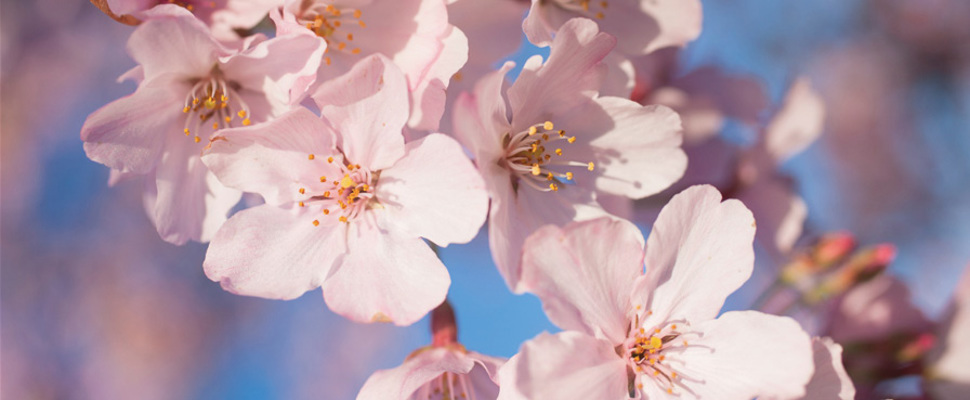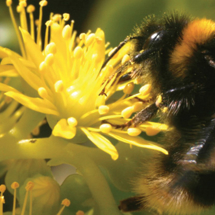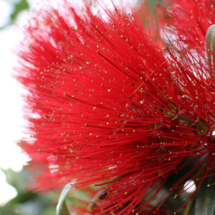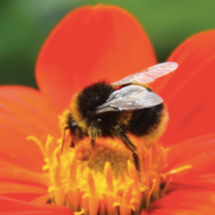
October
October is the middle of spring. With the days growing longer and the soil warming up, plants grow faster.
Mid-spring is a busy time. There is much to plant and enjoy, as plants develop new growth and the insects thrive.
What to plant
Edible Garden
- Use a mini greenhouse or bright partially shaded and sheltered spot to germinate seeds: sow into trays basil, beetroot, peppers (capsicum) and chillies, Chinese cabbage, chives, coriander, dill, parsley, celery, eggplant, leeks, lettuce, pak choi, parsley, rocket, spring onions and tomatoes. Transplant these into small pots when large enough.
- Sow into individual containers seed of sweet corn, cucumbers, beans, melons, squash, zucchini and pumpkins. These vegetables can all be sown directly into garden beds from late October, as can carrots, beetroot, silverbeet and coriander in a cool spot.
- From late October, plant seedlings of basil, beetroot, peppers (capsicum) and chillies, Chinese cabbage, chives, coriander, dill, parsley, celery, eggplant, leeks, lettuce, pak choi, parsley, rocket, spring onions, sweet corn, cucumbers, beans, melons, squash, zucchini and pumpkins and tomatoes.
- If planting heat-loving vegetables such as tomatoes in early October, increase the temperatures around young seedlings with a cloche. Alternatively, a cheap method is to cut in half plastic drink bottles and place the top half over the seedlings without the lid. Seedlings will then be protected from slugs, snails and birds.
- Apply regular applications of liquid fertiliser to promote vigorous, healthy growth.
- Citrus trees can be planted in spring, choose a well-drained site in full sun.
- Plant out strawberry plants and fertilise generously.
- Chit (sprout) early potatoes and plant them ready for a Christmas harvest. To chit potatoes, place them in a tray with the eyes (growing shoots) pointing upwards, in full light. They will be ready to plant once the shoots have grown about 1cm.
- Kumara shoots will be available to buy in garden centres in October. They require ample space, free draining soil and not too much fertiliser. Harvest in autumn. However please note that kumara are not really recommended to grow in Auckland.
Flower Garden
- Plant seedlings of cosmos, lobelia, marigold, petunia, salvia, begonias, impatiens and zinnia
- In your flower garden, you can direct sow cleomes, sunflowers, marigolds and zinnias.
- Start staking tall perennials and dahlias. As a rule of thumb, stakes should be about 2/3rd the height of the plant when fully grown.
- Sow wildflower seed for colour and to attract beneficial insects.
- Plant summer flowering bulbs and tubers, like dahlia and gladioli.
Remember to protect all your seedlings from slugs and snails, birds, and in some areas, you may need to protect from rabbits!
What to harvest
Spring is not a busy harvest time, as it is the transition period between winter and summer crops.
- Cabbages, kale, herbs and broad beans may still be harvested.
- Citrus trees may still be carrying fruit.
- Bring in cut flowers of early perennials and spring bulbs.
Shrubs and perennials
- Plant frost-tender shrubs such as vireya Rhododendrons and many subtropicals.
- Cut back subtropicals such as canna.
- Add compost to garden beds before planting and apply mulch afterwards.
- Plant up pots with annuals and other seasonal colour.
- Any shrubs and perennials that didn’t get to be planted in autumn can still be planted while the soil is still moist.
Trees
- Keep an eye on stakes and ties around trees to ensure they don’t start to rub or grow into the trunk.
Lawns
- Lawns can be sown in spring, although we recommend autumn, as fewer competing weeds germinate and the lawn establishes over winter. Water frequently to help with germination and continue irrigating until the lawn is established.
 November
November
 December
December
 January
January